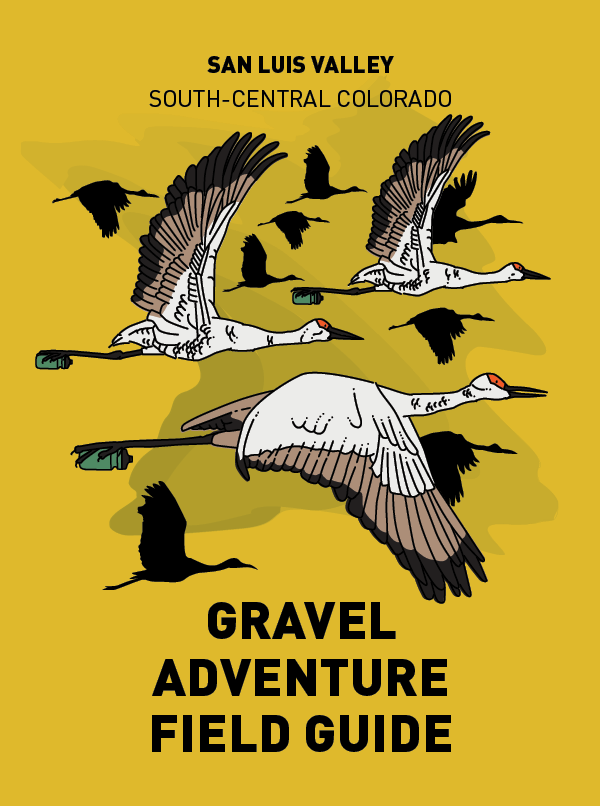Welcome
San Luis Valley Greater Outdoors (SLV GO!) invites everyone to visit and explore the culturally diverse agricultural communities of the valley. Our heritage is influenced by Native American, Hispanic, and Anglo customs, with a continued strong Hispanic presence today. Many of our residents identify themselves as descendants of original Mexican land grant settlements. This cultural mix is what makes the San Luis Valley so special and worth a visit.
The San Luis Valley has an immense unpaved network of county, BLM, and national forest roads. There is plenty to explore while feeling like you’re the only one around. Please take the necessary precautions to stay safe. You must adhere to responsible recreation practices established by Leave No Trace. The SLV ecosystem is delicate and needs conservation in order to maintain the valley’s ability to foster a human spiritual connection with the natural world.
Square Miles
8,000
Average Altitude
7,664′
Acres of Public Land
3,100,000
Introduction
The San Luis Valley is an expansive and unique gravel bike destination that provides sustenance to any cyclist’s appetite for adventure. Extending nearly 8,000 square miles, averaging 7,262 ft of elevation, and receiving less than 10 inches of rain a year makes it the largest high-altitude desert in all of North America. The San Luis Valley encompasses six counties, including Alamosa, Conejos, Costilla, Rio Grande, and Saguache, and has a relatively low population size.
Touring the San Luis Valley exposes gravel cyclists to a region rich in cultural history with a deep spirituality for nature and all it has to provide. Routes in this guidebook are challenging and will test the endurance and skills of any seasoned rider. Those with a mountain bike background will appreciate routes with little pavement and sections of rough technical gravel. The remote terrain and distanced agricultural communities of the San Luis Valley combine to provide gravel adventure cyclists with a distinct Colorado riding experience. Time spent here is a chance to calm the mind, find peace in the open landscape, and connect with a less busy way of living.

Communities
Each town included in this guidebook has a story to tell. There is no better way to learn about and experience them than from the saddle of a bicycle.
Road Origins
A Supervolcano & Ancient Lakebed
The SLV’S landscape was influenced by a series of supervolcano events approximately 30 million years ago. One, La Garita Caldera, produced the largest known volcanic eruption on Earth. As the Sangre de Cristo and San Juan mountain ranges lifted upward, the area between them dropped to create the valley and Lake Alamosa, which was as deep as 200 ft, formed. Then 500,000 years ago, it drained and exposed the sediment deposits left behind to create the rich agricultural conditions of today. It also contributed to the formation of the Great Sand Dunes, and the sandy condition of some roads.
Due to the SLV’s remote and rugged terrain, it was initially largely used as a migration corridor by indigenous people beginning almost 10,000 years ago. Over the years trails began to form as human activity increased. The sacred Blanca Peak (14,326 ft) was considered the easternmost boundary of the Navajo Nation, and later other Native groups (Pueblo, Comanche, Kiowa, Arapahoe, Jicarilla Apache and Cheyenne) would visit to hunt bison and collect resources. However, it was the Ute who were the first to really call the valley home.

